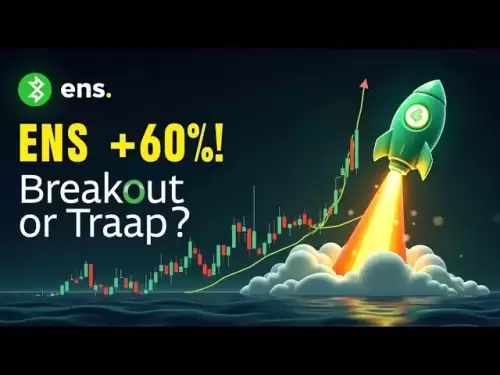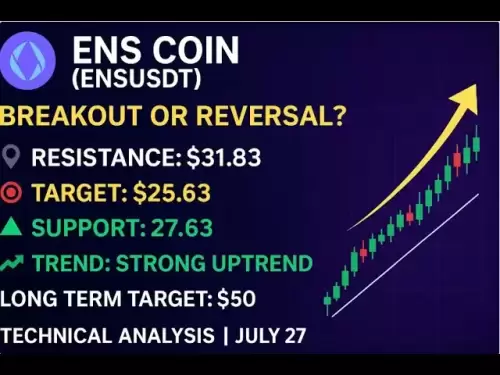-
 Bitcoin
Bitcoin $117900
0.31% -
 Ethereum
Ethereum $3766
0.28% -
 XRP
XRP $3.176
-0.31% -
 Tether USDt
Tether USDt $1.000
0.00% -
 BNB
BNB $795.6
1.51% -
 Solana
Solana $186.8
-1.09% -
 USDC
USDC $0.9999
-0.01% -
 Dogecoin
Dogecoin $0.2353
-1.33% -
 TRON
TRON $0.3226
1.49% -
 Cardano
Cardano $0.8172
-1.08% -
 Sui
Sui $4.178
3.06% -
 Hyperliquid
Hyperliquid $43.05
-3.39% -
 Stellar
Stellar $0.4367
-0.57% -
 Chainlink
Chainlink $18.62
1.47% -
 Hedera
Hedera $0.2828
6.63% -
 Bitcoin Cash
Bitcoin Cash $584.7
5.65% -
 Avalanche
Avalanche $24.81
2.53% -
 Litecoin
Litecoin $112.8
-0.88% -
 UNUS SED LEO
UNUS SED LEO $8.975
-0.08% -
 Shiba Inu
Shiba Inu $0.00001395
-1.07% -
 Toncoin
Toncoin $3.285
-1.05% -
 Ethena USDe
Ethena USDe $1.001
0.01% -
 Polkadot
Polkadot $4.123
0.76% -
 Uniswap
Uniswap $10.49
-0.18% -
 Monero
Monero $326.5
0.14% -
 Dai
Dai $0.9999
-0.02% -
 Bitget Token
Bitget Token $4.576
0.34% -
 Pepe
Pepe $0.00001247
-1.55% -
 Cronos
Cronos $0.1400
3.77% -
 Aave
Aave $295.1
-0.73%
What are the risks of DeFi?
Lacking regulation, DeFi platforms increase the risk of fraud and scams, leaving users vulnerable to illicit activities facilitated by the anonymity afforded by DeFi.
Feb 17, 2025 at 08:00 am
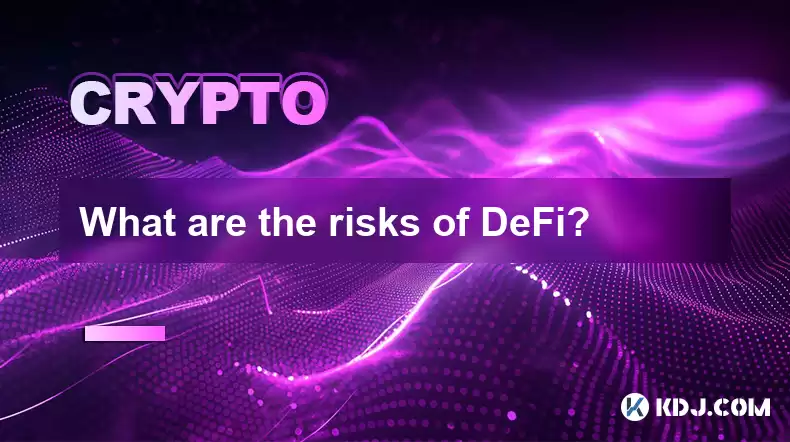
Key Points
- DeFi platforms lack regulation and oversight, increasing the risk of fraud and scams.
- Smart contracts can contain vulnerabilities that could lead to loss of funds.
- Liquidity risks arise when there is insufficient liquidity to meet withdrawal requests.
- Price volatility poses significant risks, especially during market downturns.
- Interconnectedness of DeFi protocols can lead to systemic risks.
Risks of Decentralized Finance (DeFi)
1. Lack of Regulation and Oversight
DeFi platforms operate outside traditional financial regulations, leaving users vulnerable to fraud and scams. The anonymity afforded by DeFi also facilitates illicit activities, such as money laundering.
2. Smart Contract Vulnerabilities
Smart contracts, which automate transactions on DeFi platforms, can contain vulnerabilities. These flaws could allow hackers to exploit and steal funds, as evidenced by numerous incidents in the past.
3. Liquidity Risks
DeFi platforms require sufficient liquidity to meet withdrawal requests. When liquidity falls short, users may experience delays or even be unable to withdraw their funds. This risk is exacerbated during market volatility or during withdrawals by a large number of users.
4. Price Volatility
Cryptocurrency markets are notoriously volatile. This volatility can result in substantial losses for DeFi users who are not prepared for price fluctuations.
5. Interconnectedness Risks
DeFi protocols are often interconnected, meaning that a risk or vulnerability in one protocol can have spillover effects on other protocols. This interconnectedness creates the potential for systemic risks, where the failure of one protocol could destabilize the entire DeFi ecosystem.
Additional Considerations
- User Error: Individuals who are not familiar with DeFi platforms may inadvertently make mistakes that could result in loss of funds.
- Custodial Risks: Some DeFi platforms hold user funds in custody, presenting potential risks related to hacking, theft, or the platform's own solvency.
- Counterparty Risks: DeFi users rely on counterparties, such as liquidity providers or traders, to counter their positions. The default or withdrawal of these counterparties could lead to losses.
FAQs
What are the signs of a risky DeFi platform?
- Lack of regulation or oversight
- Unclear or complex smart contract code
- Insufficient liquidity
- High price volatility
- Interconnection with other high-risk protocols
How can I mitigate risks in DeFi?
- Use reputable and well-established platforms
- Research and understand the smart contracts you interact with
- Manage liquidity risks by diversifying assets and using platforms with sufficient liquidity
- Be aware of price volatility and invest responsibly
- Monitor the interconnectedness of protocols and understand potential spillover risks
Disclaimer:info@kdj.com
The information provided is not trading advice. kdj.com does not assume any responsibility for any investments made based on the information provided in this article. Cryptocurrencies are highly volatile and it is highly recommended that you invest with caution after thorough research!
If you believe that the content used on this website infringes your copyright, please contact us immediately (info@kdj.com) and we will delete it promptly.
- Crypto ETFs and Altcoins: Navigating the Wild West with Meme Coins and Tokenized Assets
- 2025-07-27 23:04:06
- Pi Coin in 2026: Will It Be Worth the Wait?
- 2025-07-27 23:10:12
- Dogecoin Price Prediction: Bullish W Pattern Sparks Hope for $1 DOGE
- 2025-07-27 23:15:21
- Bitcoin Price, Portfolio Growth, and the Remittix Alternative: Navigating the Crypto Landscape
- 2025-07-27 23:04:06
- Cryptos to Watch in 2025: Punisher Coin, Chainlink, and the Altcoin Arena
- 2025-07-27 18:30:13
- Bitcoin, Altcoins, Rebound: Navigating the Crypto Comeback Trail
- 2025-07-27 18:30:13
Related knowledge
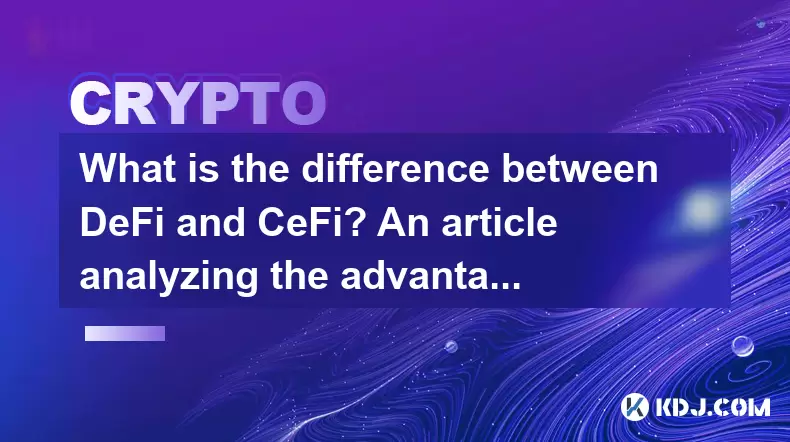
What is the difference between DeFi and CeFi? An article analyzing the advantages and disadvantages of both
Jun 13,2025 at 03:57am
Understanding the Foundations of DeFi and CeFiTo fully grasp the difference between DeFi (Decentralized Finance) and CeFi (Centralized Finance), it’s ...
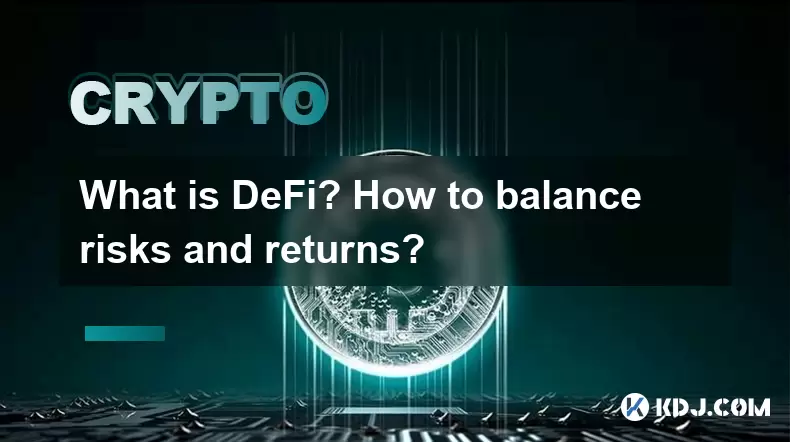
What is DeFi? How to balance risks and returns?
May 31,2025 at 12:22pm
What is DeFi? How to Balance Risks and Returns? Decentralized Finance, commonly known as DeFi, represents a revolutionary shift in the financial ecosy...
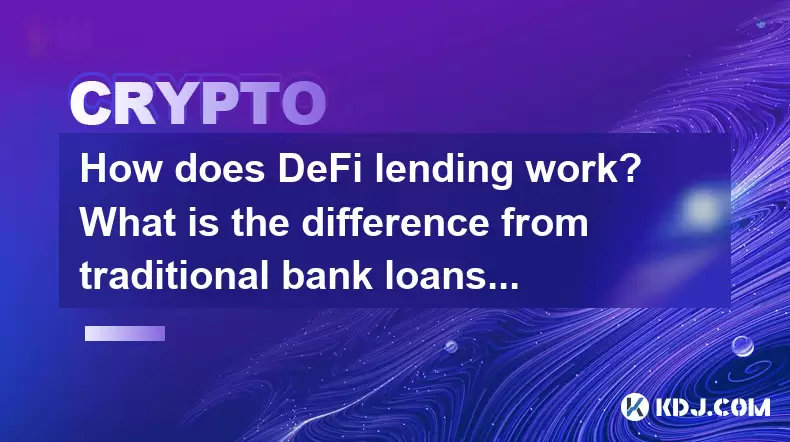
How does DeFi lending work? What is the difference from traditional bank loans?
May 29,2025 at 05:36pm
Introduction to DeFi LendingDeFi lending, or decentralized finance lending, represents a revolutionary shift in the way borrowing and lending are cond...
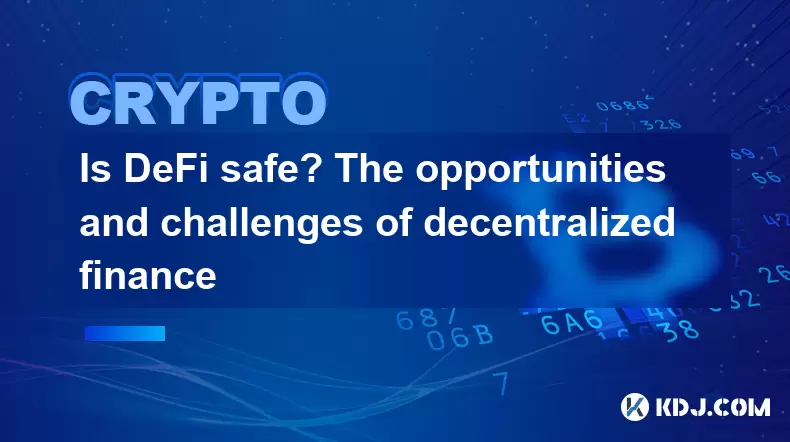
Is DeFi safe? The opportunities and challenges of decentralized finance
May 27,2025 at 02:28pm
Decentralized Finance, commonly known as DeFi, has revolutionized the financial landscape by offering a range of financial services without the need f...
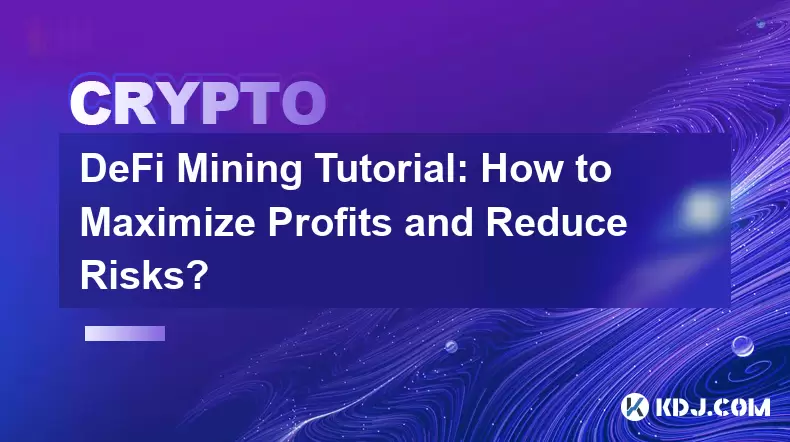
DeFi Mining Tutorial: How to Maximize Profits and Reduce Risks?
May 27,2025 at 07:42am
DeFi, or Decentralized Finance, has opened up a new world of opportunities for crypto enthusiasts looking to maximize their profits through various mi...
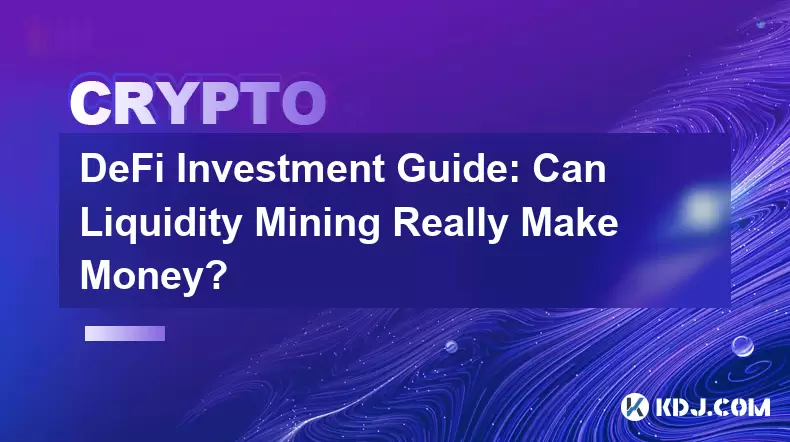
DeFi Investment Guide: Can Liquidity Mining Really Make Money?
May 28,2025 at 10:18am
Introduction to Liquidity Mining in DeFiLiquidity mining has emerged as a popular method for earning passive income within the decentralized finance (...

What is the difference between DeFi and CeFi? An article analyzing the advantages and disadvantages of both
Jun 13,2025 at 03:57am
Understanding the Foundations of DeFi and CeFiTo fully grasp the difference between DeFi (Decentralized Finance) and CeFi (Centralized Finance), it’s ...

What is DeFi? How to balance risks and returns?
May 31,2025 at 12:22pm
What is DeFi? How to Balance Risks and Returns? Decentralized Finance, commonly known as DeFi, represents a revolutionary shift in the financial ecosy...

How does DeFi lending work? What is the difference from traditional bank loans?
May 29,2025 at 05:36pm
Introduction to DeFi LendingDeFi lending, or decentralized finance lending, represents a revolutionary shift in the way borrowing and lending are cond...

Is DeFi safe? The opportunities and challenges of decentralized finance
May 27,2025 at 02:28pm
Decentralized Finance, commonly known as DeFi, has revolutionized the financial landscape by offering a range of financial services without the need f...

DeFi Mining Tutorial: How to Maximize Profits and Reduce Risks?
May 27,2025 at 07:42am
DeFi, or Decentralized Finance, has opened up a new world of opportunities for crypto enthusiasts looking to maximize their profits through various mi...

DeFi Investment Guide: Can Liquidity Mining Really Make Money?
May 28,2025 at 10:18am
Introduction to Liquidity Mining in DeFiLiquidity mining has emerged as a popular method for earning passive income within the decentralized finance (...
See all articles





















